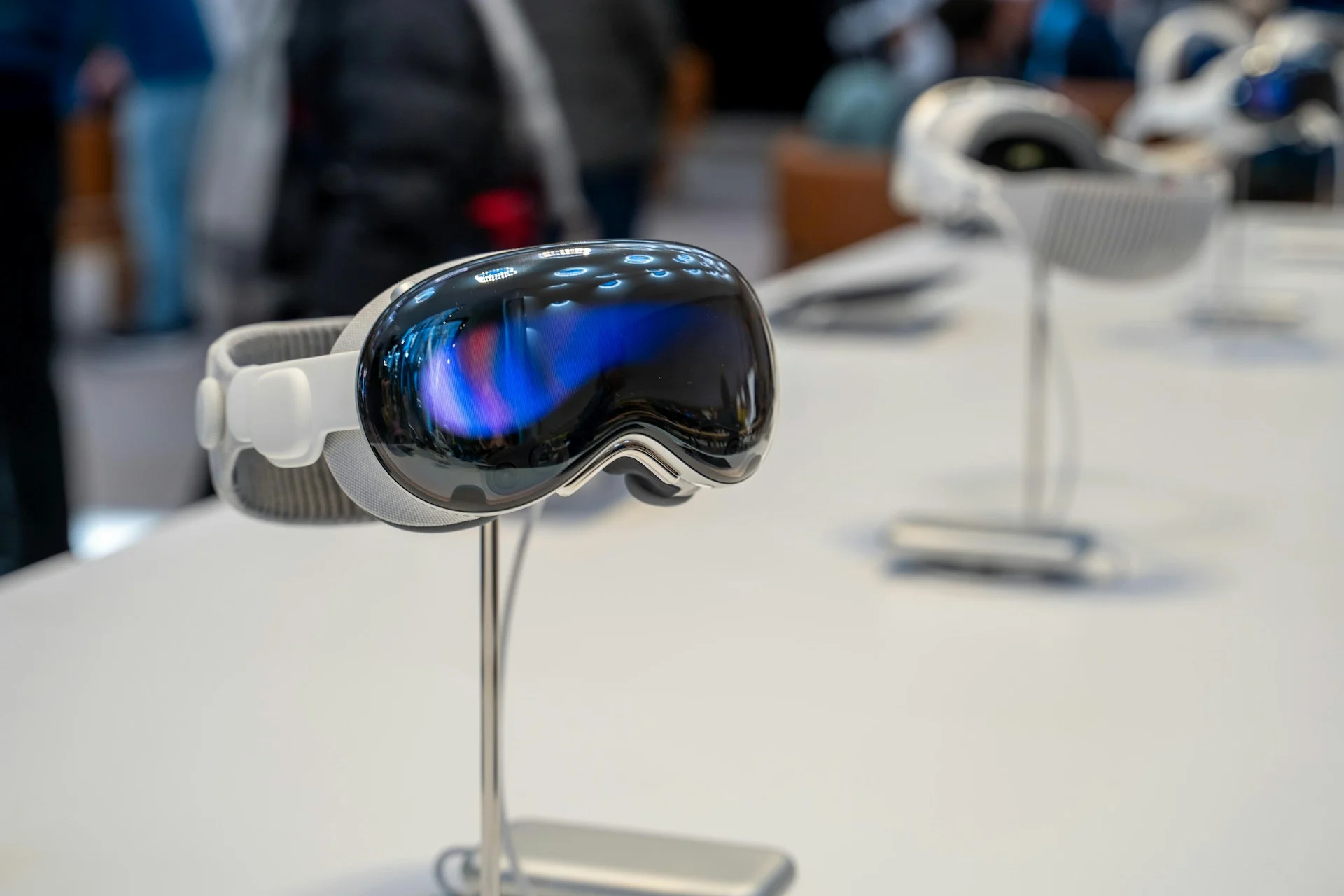Apple’s Affordable Vision Headset: A Sneak Peek into a Mixed Reality Future
Apple is betting on its vision to revolutionize the world of mixed reality once again. Even though its Vision Pro, announced earlier in 2023, did not really change the landscape as many would have predicted, the tech giant is not letting this deter them. According to Mark Gurman of Bloomberg, Apple is planning to release an affordable version of its Vision headset priced around $2,000 as early as 2025. Although the Vision Pro priced at $3,500 is no less jaw-dropping, this may be what takes mixed reality to the wider audience.
This will be part of the long-term plan on how to get Apple to settle at the top of the mixed reality market-a new sector where the physical and digital worlds blend in ways not seen before. Will the $2,000 Vision headset be the change needed? Only time will tell.
What to Expect for the $2,000 Apple Vision Headset
A reduced price does not come at the expense of any trade-off. Apple is rumored to take advantage of cheaper components, and the processor would be less powerful in this version of Vision headsets. Unlike Vision Pro, this version will miss out on the EyeSight feature, which allows people around the user to see their eyes through the headgear. This will remove the omissions made to contribute to the accessible price tag of the headset.
Meanwhile, all the savings measures will not obviate the essence of the mixed reality experience. It will still present users with the chance to interact with a magnificently immersive integration of the digital and physical world, which, in return, would make an Apple headset a challenger to Meta and Microsoft in like offers.
For instance, the Meta Quest 3 , launched at the end of 2023 for $499. That’s decidedly cheaper than Apple’s offer, though it lacks the integration into the Apple ecosystem that might speak to long-time users of that system.
The Future of Vision Pro and Apple’s Roadmap
Not only will the $2,000 Vision headset get most of the attention from being priced more moderately, but Apple has even grander ambitions up its sleeve. By 2026, Apple hopes to bring a second generation of Vision Pro, maybe packed with some enhancements and innovations that were absent in the first version. This model is likely to be a behemoth in the mixed reality space, aiming for professionals and early adopters.
As Gurman’s report continues to dig deeper into the future, it also hints at smart glasses and even AirPods that, in fact, do have a camera by the year 2027. Wearables could be the next step for Apple from making a big deal in smearing the lines between physical and virtual worlds by grabbing the opportunity brought about by the advancement of Augmented Reality (AR).
This perfectly squares with the long-term play on leveraging its existing ecosystem. Just imagine how natively the AR glasses might integrate into your iPhone, your Apple Watch, and MacBook for a smooth multi-device experience. It’s pretty easy to see how Apple might corner the market once these technologies come along.
What’s Coming Next: Apple’s Smart Home Strategy
Besides its mixed reality ambitions, Apple is also targeting smart home. Although its HomePod and HomeKit products haven’t become the market leaders, Apple seems unrelenting in making a mark in the space. According to Gurman, Apple works on an affordable, iPad-like screen that could turn out to be the hub of home automation- users can watch TV, make FaceTime calls, and interact with various apps.
Priced to run with similar devices like the Amazon Echo Show 15 available on AMAZON, the offering from Apple could give a much-needed boost to the ecosystems of smart homes. This would easily sync with other Apple products, offering a cohesive experience for those invested in the Apple ecosystem.
Another product that is much more promising in terms of its release may be a kind of futuristic tabletop device equipped with a robot arm. It might sell for around $1,000 and can offer hands-free interactions-ideal for work or cooking or entertaining.
These products will see Apple play a much more meaningful role in the smart home-a space in which it trails Google and Amazon. But because of brand loyalty, as well as its ability to create integrated experiences in the devices, it might be an absolutely incredibly tempting choice for those looking for more with the smart home systems.
The Future Road for Apple
The arrival of mixed reality and smart home technologies, on the other hand, suggests Apple wants something other than the usual consumer electronics products, such as iPhones and Macs. Its innovation and incorporation of the ecosystem will remain essential in how it succeeds in new markets.
While the $2,000 price is still well out of reach for most, maybe the lower price point for the Vision headset will be enough to get early adopters and enthusiasts in through the door and into mixed reality. There are ambitious plans on the horizon from Apple, including second-generation headsets, AR glasses, and even smarter smart home devices.
For More Updates: Gadgets


